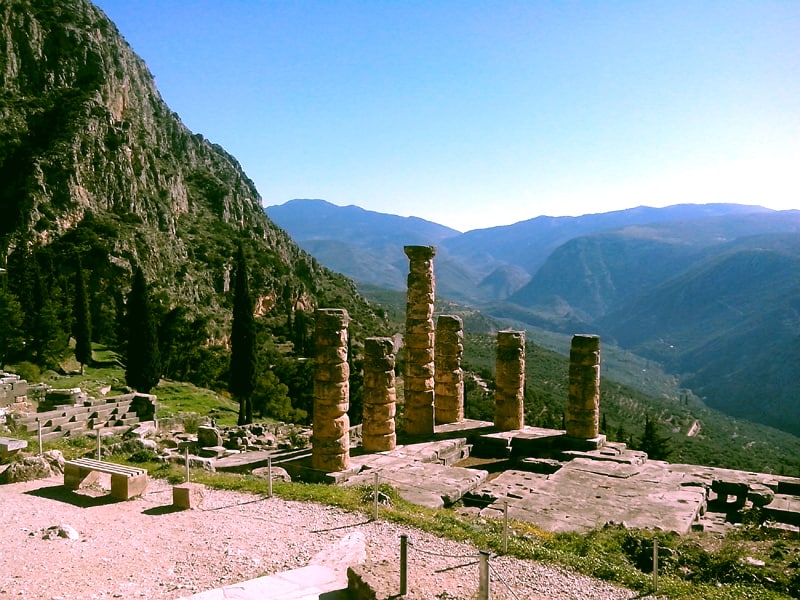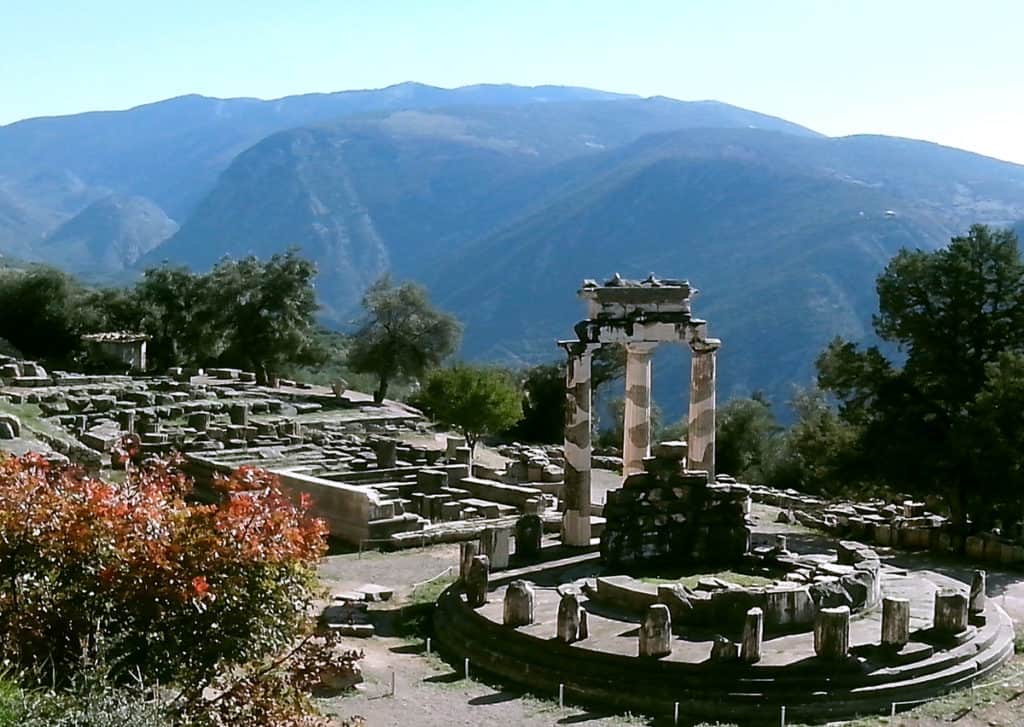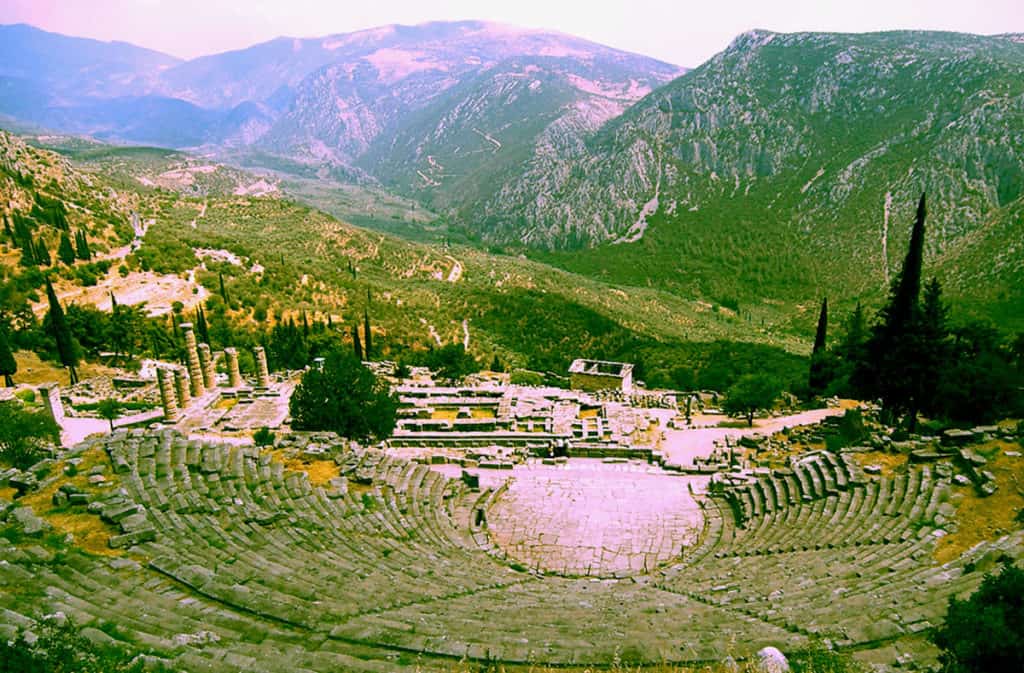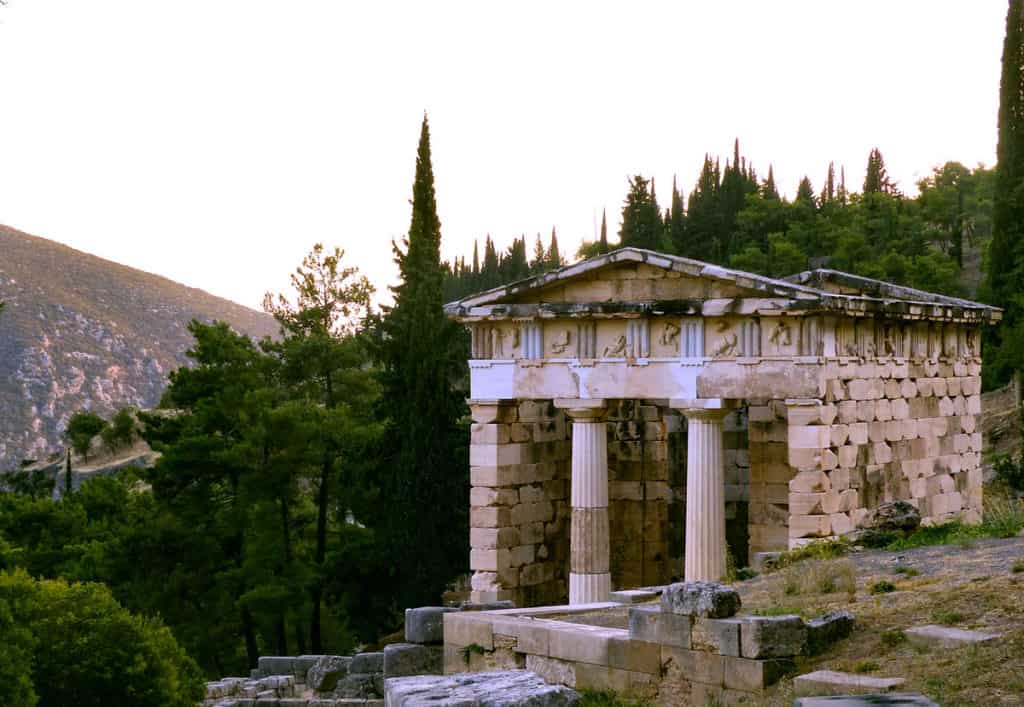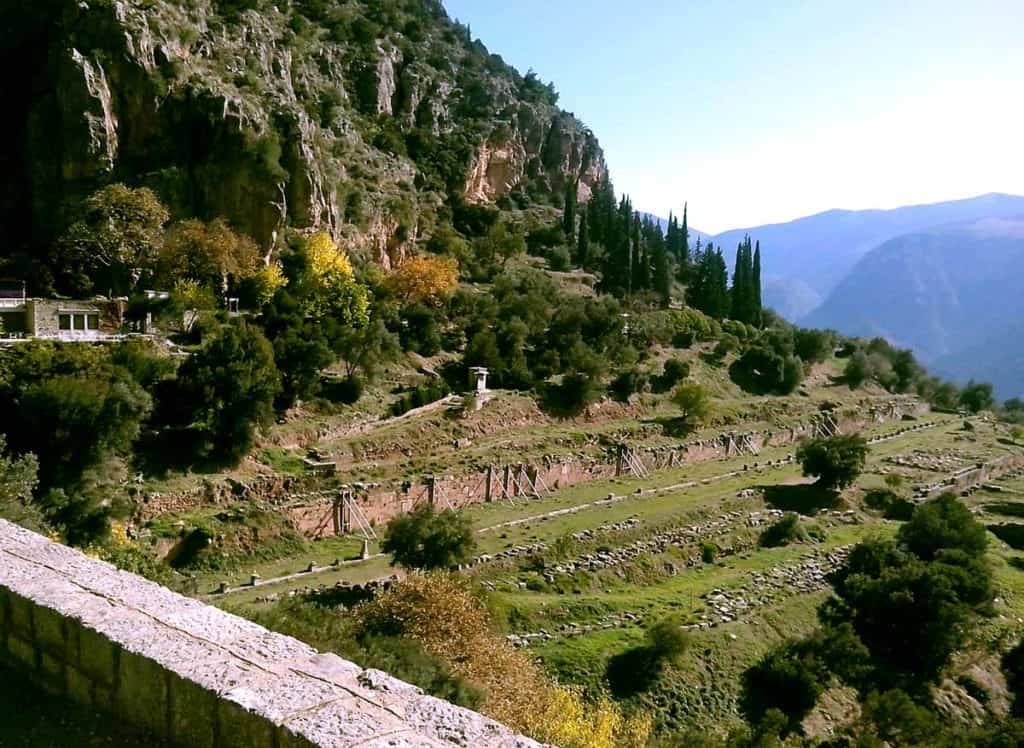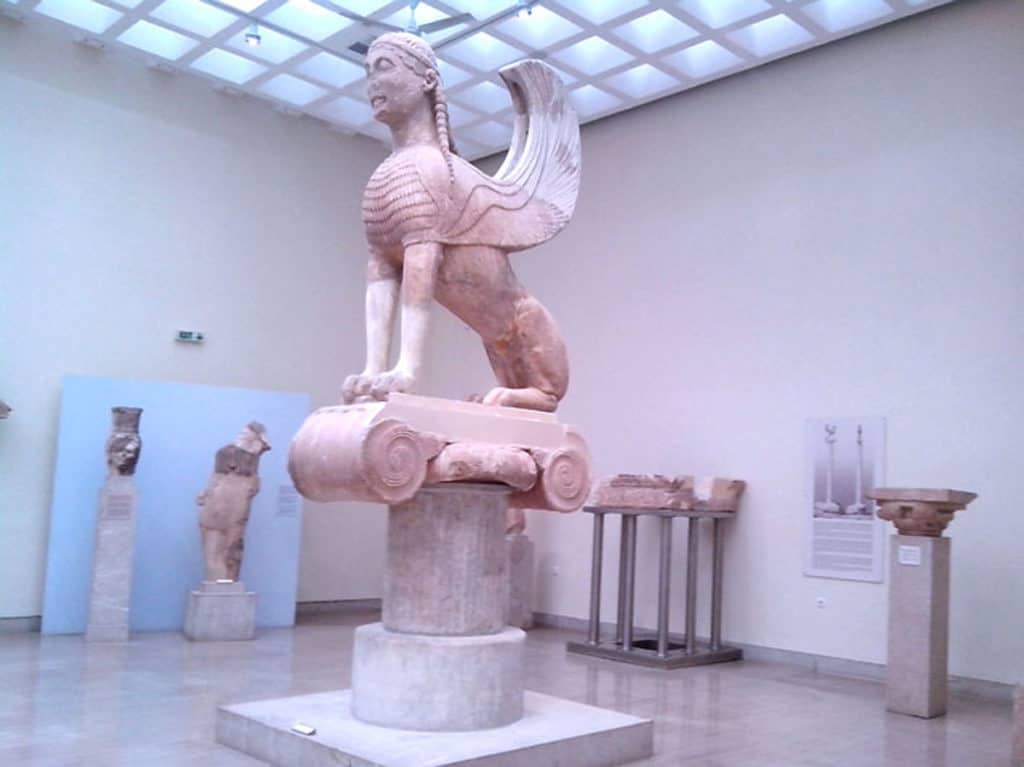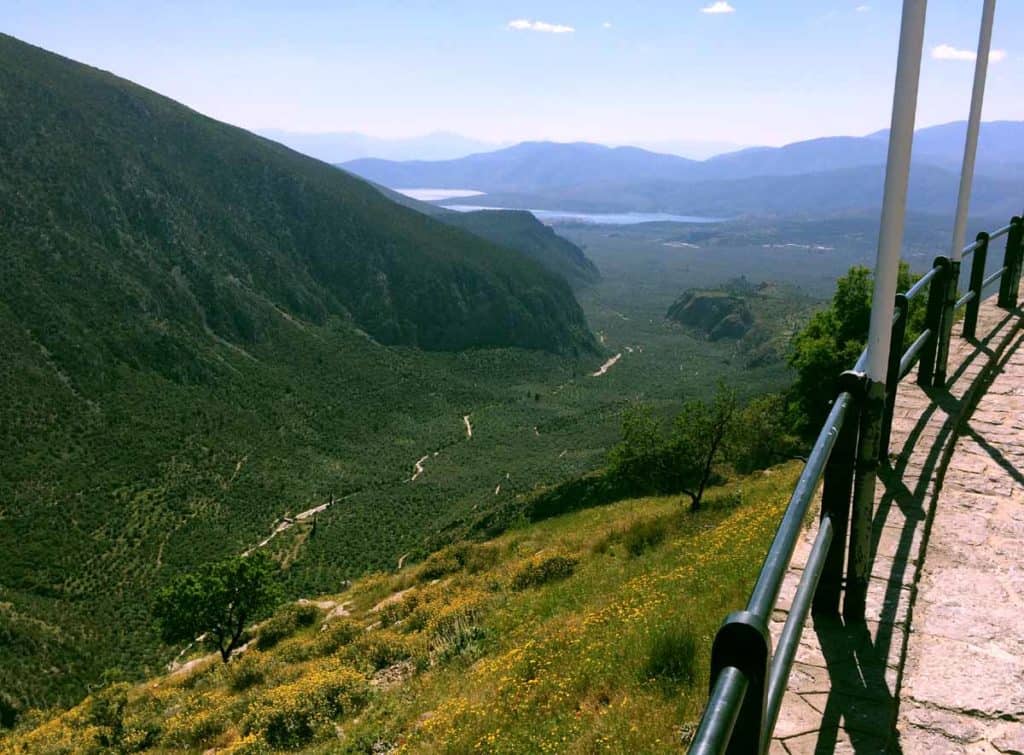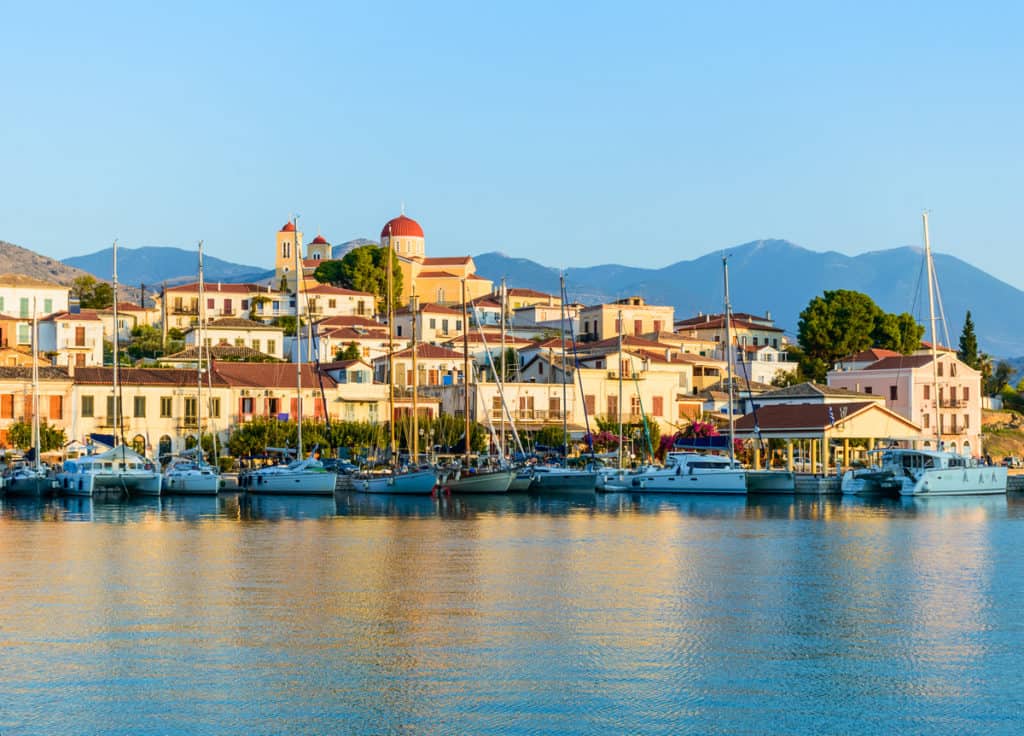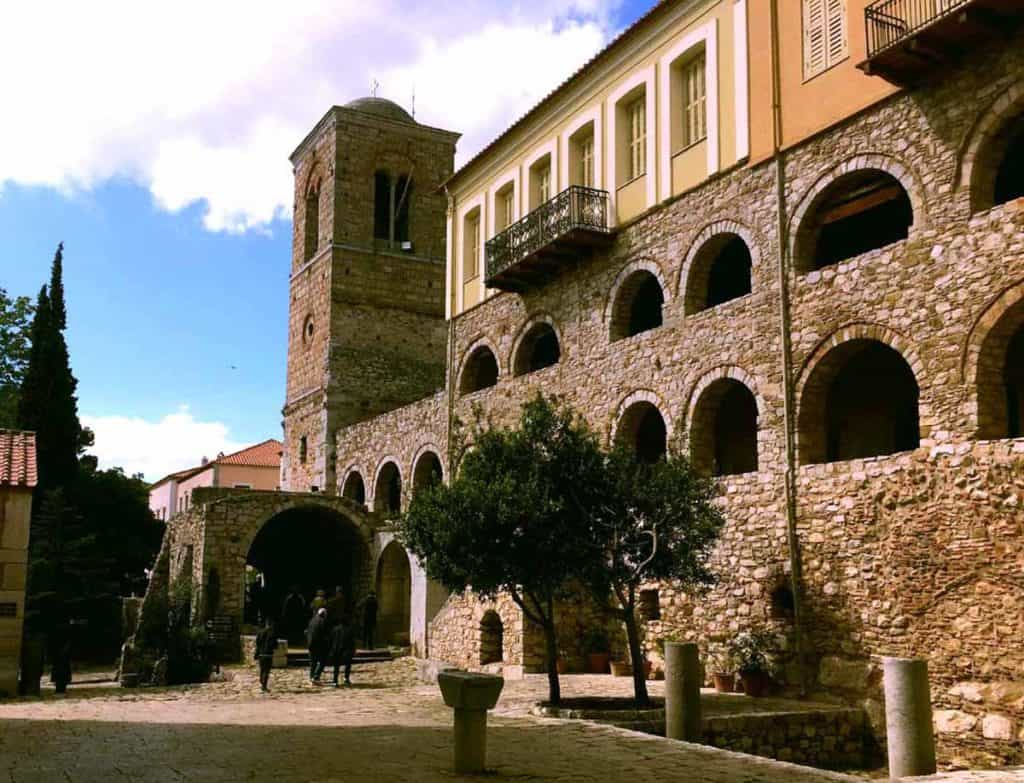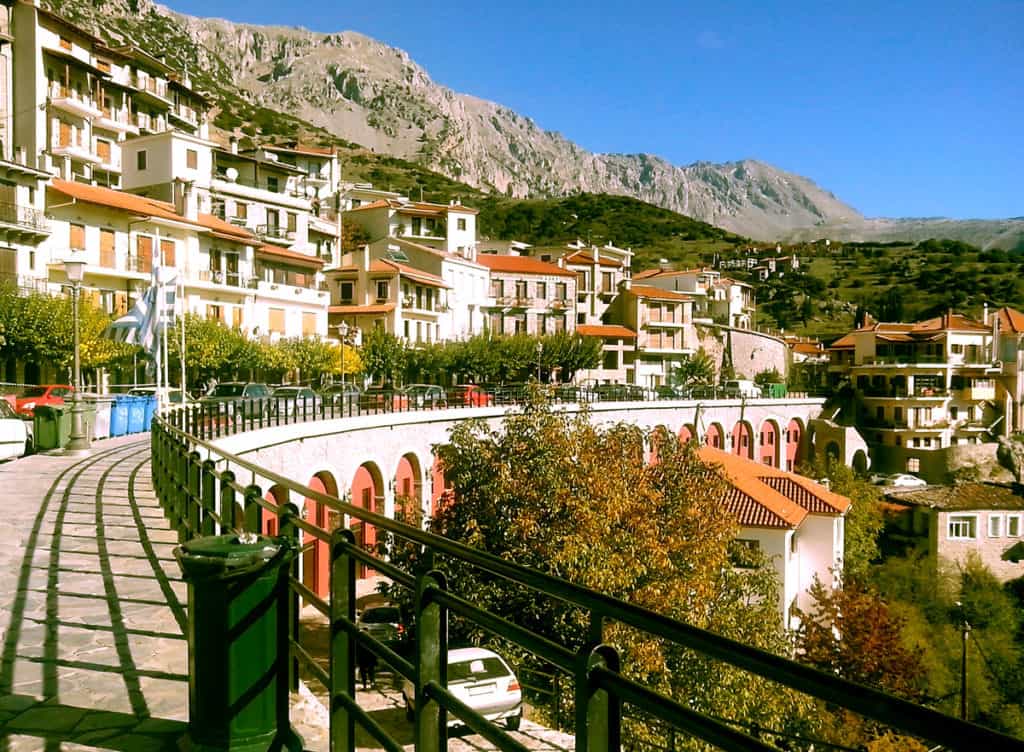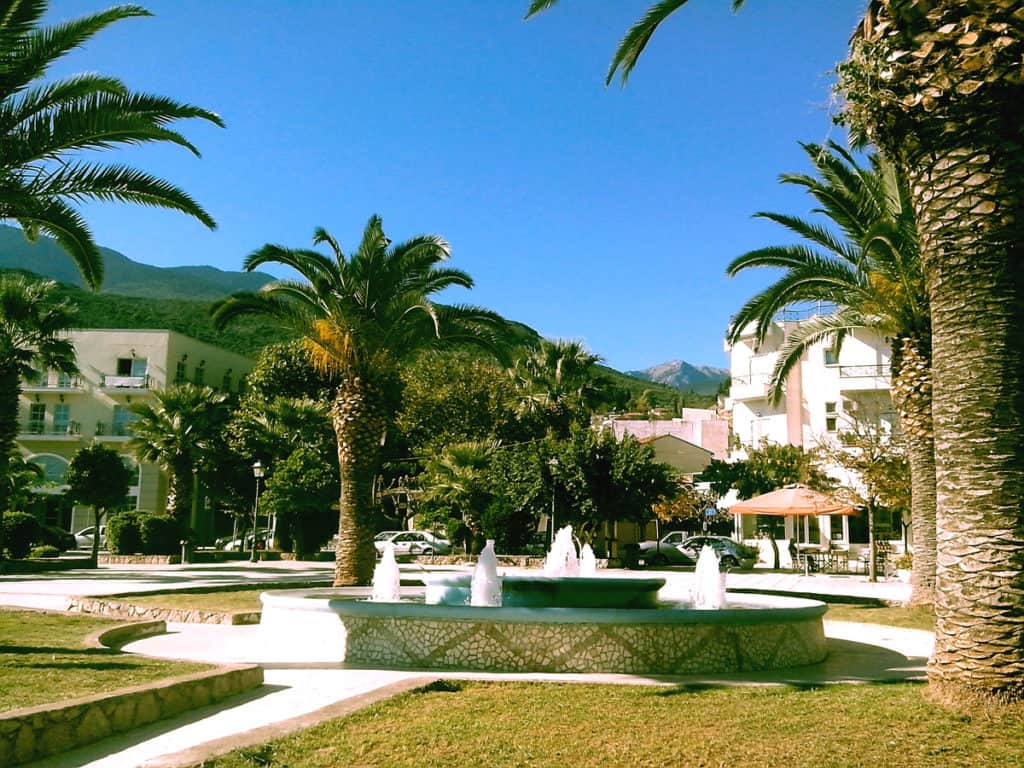Our places – DELPHI GUIDE
Our guide to Delphi
Set high on the forested slopes of Mt Parnassus with amazing views to the deep valley below & clifftops above. The natural beauty of Delphi alone is wonderful.
This UNESCO site is one of the most important ancient sites in Greece. Delphi was designated the center of the world in Greek Mythology. Unlike Ancient Olympia which was known for its Games, the importance and influence of Delphi extended much further. It was home to the Oracle, consulted for auspicious events, and the seat of the God Apollo who to the ancient Greeks held a very real presence there. The Pythian athletic games were celebrated in Delphi, and it was also the location of many ‘treasuries‘ which stored the rich offerings to the Gods.
A thousand years before the classical Greek period, there was an Oracle at Delphi. It continued to function until the 4th century AD during Roman times. An unbroken period of around 2000 years. Not surprisingly, the Mythology & History of Delphi is immense, which you will feel during your visit. Among the Temples, Statues & other pieces uncovered from the site, there remains the Castilian spring of Mythology, Temples of Athena, Gymnasium, and Stadium.
What to See & Do
Worth exploring for some local arts & crafts shopping is the nearby & charming village of Arachova. A small village with plenty more mountain scenery to soak up during lunch. A quieter alternative is the more Historic but now sleepy town of Livadia with its tranquil river, gentle waterfalls, water mill & stone bridges.
When visiting Delphi we do not neglect the nearby UNESCO site of Hosios Loukas Monastery. One of the most important monuments of the Byzantine Era with its unique 1100-year-old frescos and set in a tranquil valley.
4 of our most popular Delphi-Tours are listed below, but you can see all Day-Tours, Multi-Day Tours and Packages from our main menu. Ask us to tailor any further options you like.
Do
If you want something more than sightseeing alone then there are wonderful flexible options that can be added to your visit to make the most of the local culture and environment.
Most simply, Hiking and Biking tours follow the Ancient paths including down through the stunning views of the Plestos Valley beneath the Archaeological site. These can be tailored to any level & duration as well as flexible inclusions like an Olive Oil workshop or Forest Picnic. Just see our Delphi-Tours below for details and our Activity and Gastronomy pages also for more.
Dominated by the Archaeological site, this region is often overlooked in trip planning with only short 1-day visits. However, we recommend an extended day for the seaside town of Galaxithi around 40km from Delphi. A beautiful location, full of Neoclassic mansions & a trendy seafront Marina. A great place to experience, our options there include Catamaran tours and Greek cookery Workshops among others.
Tips from the Penguin
It can be windy! With sea & valley below, the Archaeological site can have a strong breeze & may feel cool. So bring an extra cover if not visiting in Summer. On-site, the bathrooms are clean & there is a small gift-shop (not always open) & Cafe.
Our final tip would be to add a Licensed Guide to bring things to life for you. There is an immense period of History & Mythology to enjoy here so the expense is worth it.
Don’t Miss
The village of Arachova has some nice local cottage industries such as cheese, honey & pasta production.
We recommend the Patrico Restaurant in Delphi for lunch. It’s the best in the area with an inexpensive menu & a good variety of quality local dishes. A well-run family place & the view to the valley does not hurt either.
History of the main sites
The present Temple of Apollo built in the 4th century BC is the third to have stood at the spot. The first was constructed 300 years earlier and after a fire was rebuilt in the 6th century BC with funds from all over Greece as well as donations from foreign kings. This temple was of classical Doric architecture with 6 columns by 15. In 373 this was also destroyed. This time by earthquake, & once more rebuilt in 330 BC, with similar style & dimensions with 6 by 15 columns. The temple survived until AD 390 until it was destroyed along with many others throughout Greece, by Roman Christians in attempts to silence Pagan worship.
As the name suggests the temple was dedicated to The Greek God Apollo, God of music & light. In Greek mythology, the temple stood over a fissure in the rock, where the waters from the Castilian spring entered, and into which the Young God Apollo had also thrown the serpent Python & child of the goddess Gia. Vapors emanating from this fissure would be inhaled by the high priestess Pythia, the Oracle, who sat over it during her ceremonies of prophecy as she became the conduit to the God himself. Her cries were then interpreted by the priests of the Temple in answer to the question asked. Questions related by Kings & statesmen asked to foretell auspicious events & was recognized throughout the ancient world. An oracle was probably present at the site from at least 1400BC with Roman emperors sending delegations to it in, a period of operation lasting two thousand years.
The Sanctuary of Athena Pronaia is located next to the Gymnasium on a plateau beneath the main Archaeological site and contained two temples dedicated to the goddess Athena, two Treasury buildings, the Alter of Hygieia, and the famous Tholos of unknown function.
The circular Tholos from 380 BC is probably the most characteristic monument at Delphi & in shape more unusual than other temples but is considered a masterpiece & synthesis of classical architecture. Resting on a three-stepped podium it was constructed from various types of materials and had 20 exterior columns, 3 of which have been reconstructed on the site today.
The 4th century Ancient Theatre of Delphi sits just above the Temple of Apollo & a short distance inside the current Archaeological site. Its approximation to the temple is not by mistake since it was directly connected to the celebrations & mythology of the god & hosted the musical contests that formed a part of the Pythian games
Similarly to Epidaurus, it is still in use for cultural events & plays in the Summer with a capacity of 5000.
Decisions such as the founding a colony or going to war were decided on the words of the Oracle and attributed to the favor of the God. Successes stemming from such decisions demanded offerings in thanks. For common people visiting the temples, offerings could be modest. Rich merchants on the other hand could commisison statues, for example, to adorn the site and thereby increase their auspices with Apollo.
Citys also needed to curry favor, & in this case, such offerings could be more substantial. These were housed in ornate buildings called treasuries. Of special note is the 6th century BC Treasury of Athens which contained many trophies from Athenian victories such as the Persian war; and the Treasury of Sifnos which contained much silver & gold from the mines that were subsequently uncovered on the island after the founding of the colony.
The Gymnasium is located between the Temple of Apollo and the Sanctuary of Athena on a wide terrace of the hillside & was built in the 4th century BC. It was used to train athletes who visited the site for competition in the Pythian Games. Sports like boxing, wrestling were practiced but later in the Hellenistic period more intellectual and cultural activities took place there. Baths were a part of the space & bathing in the sacred water was thought to bring one closer to the god Apollo.
The Archaeological Museum of Delphi is located next to the site & a short walk from its main entrance. This is a modern Museum set on several levels that also fits very well into its surroundings against the slopes of Delphi without detracting from the site itself. It is also wheelchair friendly.
Although Delphi suffered extensively from destruction by Roman Christians & looting, subsequent landslides also covered & preserved the remainder of the site until it was unearthed in the archaeological digs of the 20th century, with the artefact, jewellery & statues now housed at the museum.
Most impressive is the huge Naxos Sphynx which would have sat on a high pedestal near the Temple of Apollo, the marble kouri twins from 580 BC Argos, and the bronze charioteer.
Other places of interest
The valley lying beneath the hillside terraces of the Archaeological site is reputedly filled by one million Olive Trees. It formed part of the ‘sacred way’ during the pilgrimage to Delphi and at its end it the town of Itea on the sea. The Valley has wonderful hiking paths we use for Hiking tours.
Galaxithi Village is around 45 km from Delphi & takes about 40 minutes to reach along a beautiful route through the valley and along the sea. It is the most picturesque local village & has man nice renovated neoclassic houses as well as good restaurants & Cafes along its marina. We like to overnight here during our Delphi visits as a nice alternative to the main town itself.
The UNESCO listed Hosios Loukas Monastery was founded by Lucas Stereotis at 945 AD and he was declared an Hosios (saint) of the Orthodox church.
His relics are kept in the crypt of the church and it was believed that they exuded ‘myron’ a type of perfumed oil that produced healing miracles. Pilgrims came to sleep by the remains to be healed & the wealth generated helped to decorate the monastery with ornate mosaics and frescos. These are now some of the best surviving of the middle Byzantine period in Greece and can be seen on any visit to the monastery.
Arachova Village is the closest settlement after the town of Delphi itself. It has many nice restaurants & Cafes situated around the min road leading to Delphi and there are some nice cottage industries like cheese & pasta production on prominent display at the local stores.
Amfissa Village is a more sleepy backwater if you have the additional time worth visiting, along with the village of Livadia which has an impressive water mill & a nice river running through the town where you can enjoy a drink.

